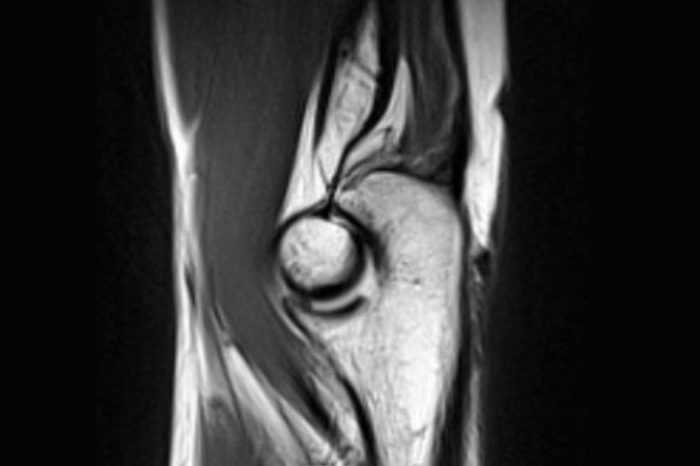
Platelet rich plasma or PRP injections have been widely adopted in sports medicine as a way to stimulate tendon healing. PRP uses your own blood to stimulate a healing response by concentrating your own platelets and growth factors, and then injecting them into the injured area.
Thousands of articles have been published looking at PRP for chronic tendon injuries, and studies have shown PRP to be effective for rotator cuff tears, tennis elbow, patella tendonitis, Achilles tendonitis and plantar fasciitis. Despite many studies showing the benefit of PRP, there are still some articles that question the use of PRP.
The preparation of PRP, injection techniques and rehabilitation protocols can vary widely, and before deciding to proceed with a PRP injection, you want to make sure your provider is providing you with the best chance for success.
Is all PRP the same?
The first thing to understand with PRP is that not all PRP preparations are the same. There are over 34 commercial kits available to make the PRP, and some physicians are making their own PRP without commercial kits. Each kits works differently and produces different concentrations of platelets. Differences in PRP preparation, including preparation method (centrifugation speed or time), and the content of the blood sample, can change the contents of the PRP. These details can influences how effective the treatment can be.
There is a lot of basic science that your physician has to consider when deciding which kit and what method to use when making PRP for a specific tendon or ligament. You want to make sure that the treatment is tailored to your needs and your injury. Many orthopedic clinics perform PRP, but very few of them truly understand the science behind the treatment. Small differences such as the percentage of red blood cells or neutrophils in the PRP sample can influence success of the treatment. You don’t have to understand the science, but you need to make sure your physician does.
When you are exploring if PRP is right for you, make sure you go to a physician who understands the science behind PRP. Ask why they are using a specific PRP kit, and how they are going to ensure the PRP is injected into the right location. When you are paying for a procedure that is not covered by insurance, you want to ensure that you maximize
the likelihood of success.
Questions to Ask Your Doctor: Do you adjust the volume of blood or type of PRP based
on the tendon or ligament you’re treating, or do you always process the
blood the same? If your doctor takes the same amount of blood and processes the PRP the same way for everyone the treatment may not always fit your needs. Do you use either ultrasound or fluoroscopy (x-ray) guidance to perform the procedure, or do you perform the injection blind? If your doctor does not use any imaging guidance the PRP could be injected into the wrong place. Is the PRP injection going into the right place? Where the PRP is injected is also important. Many physicians inject PRP without ultrasound guidance or “blind.” This is true in many of the research studies that have been performed with PRP. In our paper reviewing the literature on regenerative procedures, only 40% of research papers used ultrasound guidance. Without visually seeing where you are placing the PRP, how do you know that it is being delivered in the correct area? If the PRP is not placed in the tendon tear, how would you expect it to stimulate a healing response in the damaged tissue? Ultrasound guidance has been advocated to ensure that the PRP, or any injection, is accurately placed into the damaged tissue. Ultrasound allows us to visualize injuries within tendons or ligaments, and guide a needle into these tears and accurately place the PRP. Even if your doctor uses ultrasound though, know that not all physicians are adequately trained in ultrasound. What rehabilitation do I need after a PRP injection? Studies have shown that not properly rehabilitating the tendon after a PRP injection can impact healing of the tendon. The PRP injection is only the first step in the recovery process. It can take a few months to see the maximum benefit from a PRP injection. The rehabilitation of the tendon can be critical to ensuring the best results. We published a paper reviewing the rehabilitation protocols used after a regenerative injection, and have developed an evidence based approach to maximize the results. Contact Us At:info@BSBortho.comP: (781) 591-785520 Walnut St. Suite 14Wellesley MA 02481 |
Adductor longus selective tenotomy is a modern surgical treatment for chronic groin pain that offers faster recovery and better outcomes than traditional full release surgery. The adductor longus, an inner thigh
Read MoreDiscover how ultrasound helps diagnose plantar fat pad atrophy, a leading cause of ball-of-foot pain. Learn about symptoms, thickness cutoffs, and why early detection matters for relief.
Read More